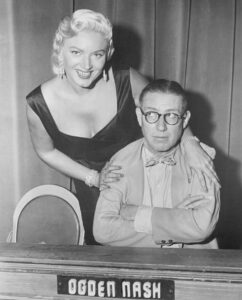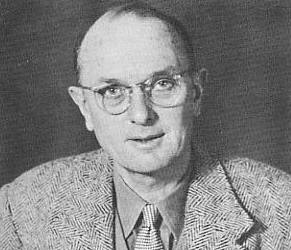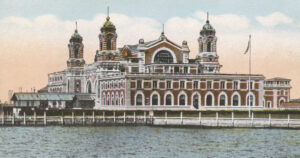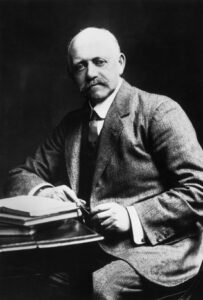April has been the subject of many great writers from Geoffrey Chaucer, William Shakespeare, Robert Browning, T.S. Eliot to Edna St. Vicent Millay, to name a few. But, for me, the zany Ogden Nash, summed April up best with his poem, Always Marry an April Girl (which I did!):
“Praise the spell and bless the charms,
I found in my April arms.
April golden, April cloudy,
Gracious, cruel, tender, rowdy;
April soft in flowered languor,
April cold with sudden anger,
Ever changing, ever true —
I love April, I love you.”
Nash is famous for his short poems and observations; the one that speaks to me the loudest is:
“You are only young once, but you can stay immature indefinitely.”
He also came up with:
“Candy is dandy, but liquor is quicker.”
And, he also offers up some really good poetic marital advice:
“To keep your marriage brimming with love in the loving cup,
Whenever you’re wrong admit it, whenever you’re right shut up.”
and
“There is only one way to have a happy marriage, and as soon as I learn what it is, I’ll get married again.”
Here’s one he wrote many years ago, but is apt today:
“I hope that someday we will be able to put away our fears and prejudices and just laugh at people”
Lots of other things happened in April, but before we leave Mr. Nash, an interesting factoid is that the city of Nashville, is named after his forebearers.
Many famous and infamous people were born in April, from William Shakespeare to Adoff Hitler; and of course, the most famous to me, my wife, Linda!
But what I really wanted to write about this week, was a great historic event that occurred exactly 112 years ago, on April 15, 1912, the sinking of the Titanic. It took over 70 years to find her as she lies 12,600 feet under water. Of the 2,224 passengers on board, 1,496 died, in part because the ship was supposed to have 64 lifeboats on board, but only had 20, and those ended up being filled to only 60% capacity!
Aside from the 13 couples who were celebrating their honeymoon on board, there were several famous people who died, John Jacob Astor, the wealthiest man on board and Benjamin Guggenheim, along with several other titans of industry in the day. The luckiest people were those who purchased a ticket for the Titanic’s maiden voyage, but ended up having a conflict that kept them from getting on board – Milton Hershey, who gave us the Hershey Bar, J.P. Morgan and George Vanderbilt to name just a few of the eight very wealthy men who luckily didn’t make it on board.
Not the iceberg’s fault? Recent evidence has shown that a fire of 1800 degrees had burned in the ship’s hull for three weeks prior to the ship’s departure, thus weakening the hull and ultimately was responsible for the hull splitting when it hit the iceberg.
The longest living survivor of the disaster was Millvina Dean, who was the youngest survivor on the Titanic at two months old. She died at the age of 97 in 2009.
Hoping your April is more Nutty Nash than Tragic Titanic!






























